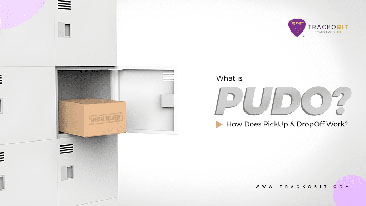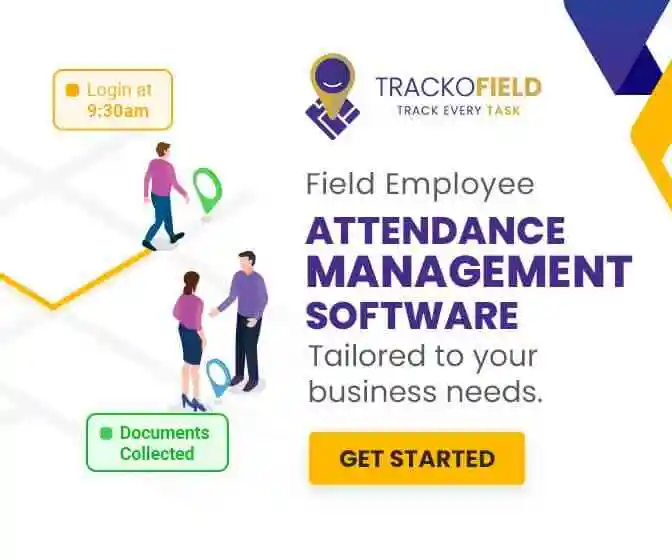-
TrackoBit
Manage commercial vehicles with the new-age Fleet Management Software
TrackoBit -
TrackoField
Streamline your scattered workforce with Field Force Management Software
TrackoField -
Features Resources
-
Blog
Carefully curated articles to update you on industrial trends. -
White Paper
Insightful papers and analysis on essential subject matters. -
Glossary
Explore an alphabetical list of relevant industry terms. -
What’s New
Get TrackoBit & TrackoField monthly updates here. -
Case Study
Explore the cases we solved with our diverse solutions. -
Comparisons
Compare platforms, features, and pricing to find your best fit.
-
About Us
Get to know TrackoBit: our team, ethos, values, and vision. -
Careers
Join the most dynamic cult of coders, creatives and changemakers. -
Tech Support
Learn about our technical support team and services in detail. -
Events
Check out the exhibitions where we left our marks and conquered. -
Contact Us
Connect with us and let us know how we can be of service.
Plug, Pair, Perform TrackoBit Introduces BLE Sensor Integration
- Author:Tithi Agarwal
- Read Time:5 min
- Published:
- Last Update: November 27, 2025
Table of Contents
Toggle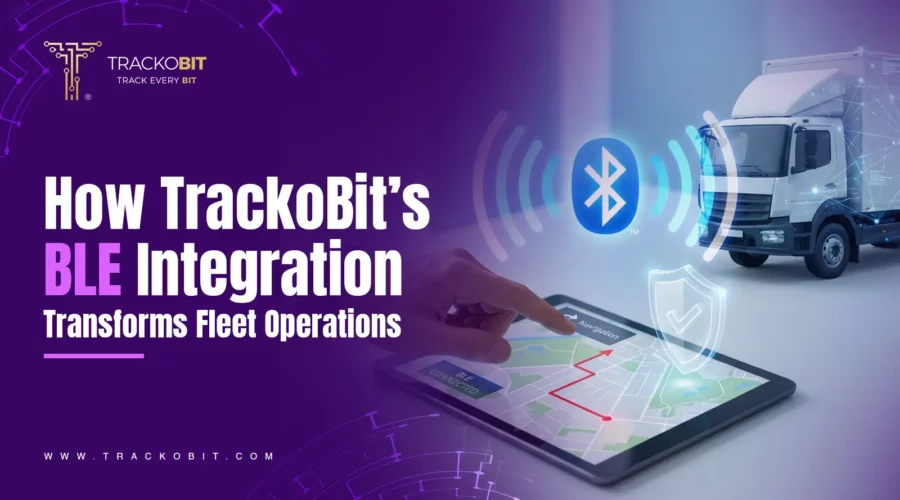
TrackoBit’s BLE Sensor Integration enables wireless, real-time monitoring with faster installs and accurate insights. It improves fleet efficiency, visibility, and day-to-day operations.
Table of Contents
Toggle
TrackoBit’s new BLE Sensor Integration makes fleet monitoring smoother than ever. These wireless sensors pair instantly with your GPS device. They start sending accurate environmental and fuel data within minutes. That means faster installs and easier scaling.
The result is simple: cleaner setups, quicker insights, and smoother fleet operations every single day. To learn more about this new integration, keep reading.
How TrackoBit’s BLE Sensor Integration Works
TrackoBit’s BLE Sensor Integration works in a simple, seamless flow. The BLE sensor sends data to the GPS tracking device. The device pushes that data to TrackoBit’s servers. You get clean, real-time insights on your fleet management dashboard without touching a single wire.
Each GPS device can support multiple BLE sensors at once. So, your fleet can track temperature, fuel levels, humidity, load weight, door status, and asset movement together in one place. This makes the fleet monitoring system more flexible and far easier to scale.
The data you receive stays sharp and stable. BLE runs on low power and resists most interference. That means quicker updates, more accurate readings, and fewer disruptions during operations. It’s a smoother experience for dispatchers, managers, and drivers.
Installation is simple, too. Simply place the sensor where you want it. Pair it with the GPS tracker. And it starts transmitting instantly. No cables to route. No hardware to modify.
Picture a reefer truck with two compartments carrying medicines. You can drop a BLE temperature sensor in each zone and track both compartments live on TrackoBit. If either side crosses the safe range, you get alerts instantly.
It’s practical. It’s lightweight. And it gives your fleet a smarter, wireless edge.
How to Decide Between Wired and Wireless Sensors?
Wired sensors have been around for a long time, and they still work well in many controlled environments. They offer steady performance, especially when vehicles follow fixed routes and operate in predictable conditions. But they do need labor-heavy installation, careful wiring, and regular maintenance. Placement is also limited because every sensor depends on how far the cables can run.
Wireless BLE sensors bring a different kind of convenience. They use low power, require no cables, and can be placed almost anywhere in the vehicle. They’re easier to scale across large, fast-moving fleets and don’t restrict sensor positioning. This makes them ideal for dynamic, high-variation operations.
You see the contrast in real scenarios. Wired sensors hold up well in stable fleets and single-compartment vehicles. But wiring might not be the right fit in rough terrains or heavy-load vehicles. In multi-compartment reefers, cable routing gets tricky and prone to damage. In these cases, wireless BLE sensors offer a cleaner, more flexible setup.
Both wired and wireless sensors have their place. The choice simply depends on the fleet, the environment, and the kind of visibility the operation demands.
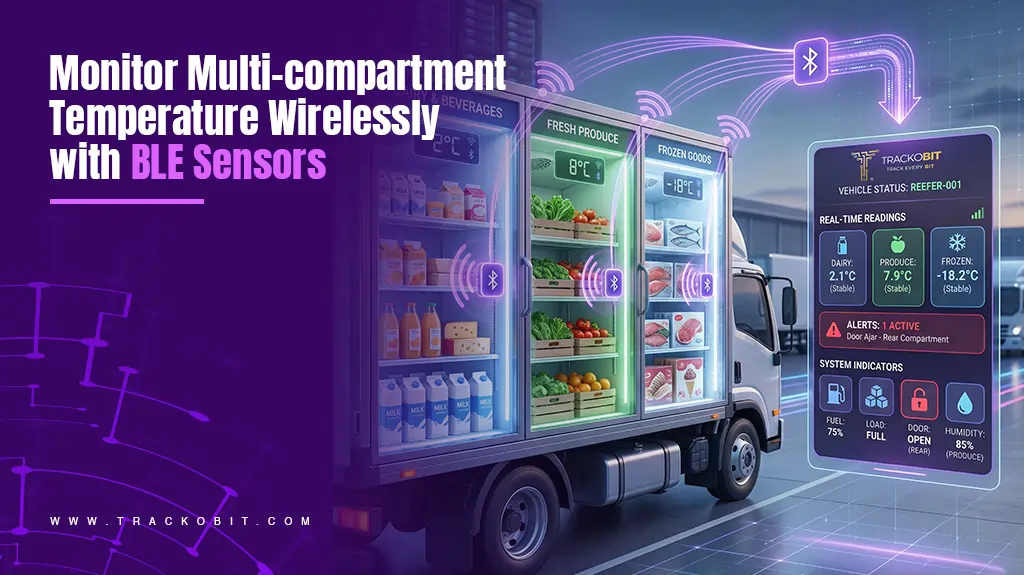
Monitor Multi-compartment Temperature Wirelessly with BLE Sensors
Powerful Real-World Use Cases
TrackoBit’s BLE sensors make monitoring easier across tough, fast-moving operations. From temperature to fuel and asset visibility, they deliver clarity without complexity.
Cold Chain Logistics – Multi-Compartment Temperature Tracking
Cold chain fleets deal with sensitive goods every day. Medicines, vaccines, dairy, and frozen food – all need tight temperature control. With BLE sensors, each compartment gets its own wireless tracker. No messy wiring. No installation delays.
Imagine a reefer carrying pharma products in two zones. Each BLE sensor sends live temperature data to fleet management platform, and managers get instant alerts if anything drifts out of range. It keeps compliance simple and reduces spoilage risk.
Mining & Construction Fleets – Fuel Levels, Asset Tracking, Rugged Conditions
Mining and construction vehicles work in rough, unpredictable environments. Heavy vibration, dust, and uneven terrain often damage wired sensors. BLE sensors solve that. They sit securely and transmit through short-range Bluetooth. Even in harsh conditions, fuel level sensors keep sending clean data
You can also tag high-value assets like compressors or generators with BLE beacons. Then track their movement on-site through TrackoBit. It brings visibility to places where wiring simply doesn’t survive.
Fast-Scaling Fleets (Rental / Contract Vehicles) – Plug-and-Play Setup
Some fleets grow quickly, especially when seasonal demand spikes or new contract vehicles join for short periods. In these situations, wired sensors slow everything down. Installation takes time and coordination. BLE sensors remove that friction. You simply place the sensor, pair it with the GPS device, and it’s ready within minutes.
This makes life easier for rental and aggregator fleets. It also helps logistics companies that constantly rotate vehicles. They get a flexible, plug-and-play setup that scales smoothly without extra technical effort.
What Makes This Integration Truly Valuable?
With these gains in place, it’s clear why BLE unlocks a whole new level of visibility for modern fleets.
1. Faster Setup, Zero Wiring
BLE sensors eliminate cables, reducing installation time and keeping vehicles clutter-free.
2. Lower Maintenance, Fewer Breakdowns
No wiring means fewer chances of physical damage, lowering upkeep costs over time.
3. Accurate Data in Real Time
BLE sensors deliver fast, stable readings, so managers always have reliable insights.
4. Multiple Parameters, One System
Track temperature, humidity, fuel, load, and door status on/off, all through a single GPS device.
5. Stronger Compliance for Sensitive Goods
Pharma, FMCG, and reefer fleets get precise tracking to maintain ideal conditions and meet strict standards.
6. Seamless Integration with TrackoBit
All BLE data blends smoothly into TrackoBit’s dashboards, analytics, and alerts. Automated reports complete the monitoring experience.
Why BLE + TrackoBit Is the Perfect Next Step
BLE technology is impressive on its own, but its impact becomes far more meaningful inside TrackoBit’s ecosystem. The data flows into intuitive dashboards, smart threshold alerts, automated logs, and detailed historical trends that help fleets make quicker and more confident decisions.
When BLE insights combine with TrackoBit’s fuel analytics, GPS tracking, and driver performance data, you get a more complete operational view. Wireless setups add flexibility, while wired systems offer consistency depending on fleet needs.
In the end, this new BLE sensor integration is more than just a feature update – it’s a practical step toward smoother, faster, and more informed fleet operations.
Tithi Agarwal is an established content marketing specialist with years of experience in Telematics and the SaaS domain. With a strong background in literature and industrial expertise in technical wr... Read More
Related Blogs
-

How to Use Driver Behavior Reports as a Sales Hook to Close Big Fleets
Tithi Agarwal October 16, 2025TrackoBit’s driver behavior reports empower fleet providers to win big contracts by showcasing safety, efficiency, and measurable ROI.
-
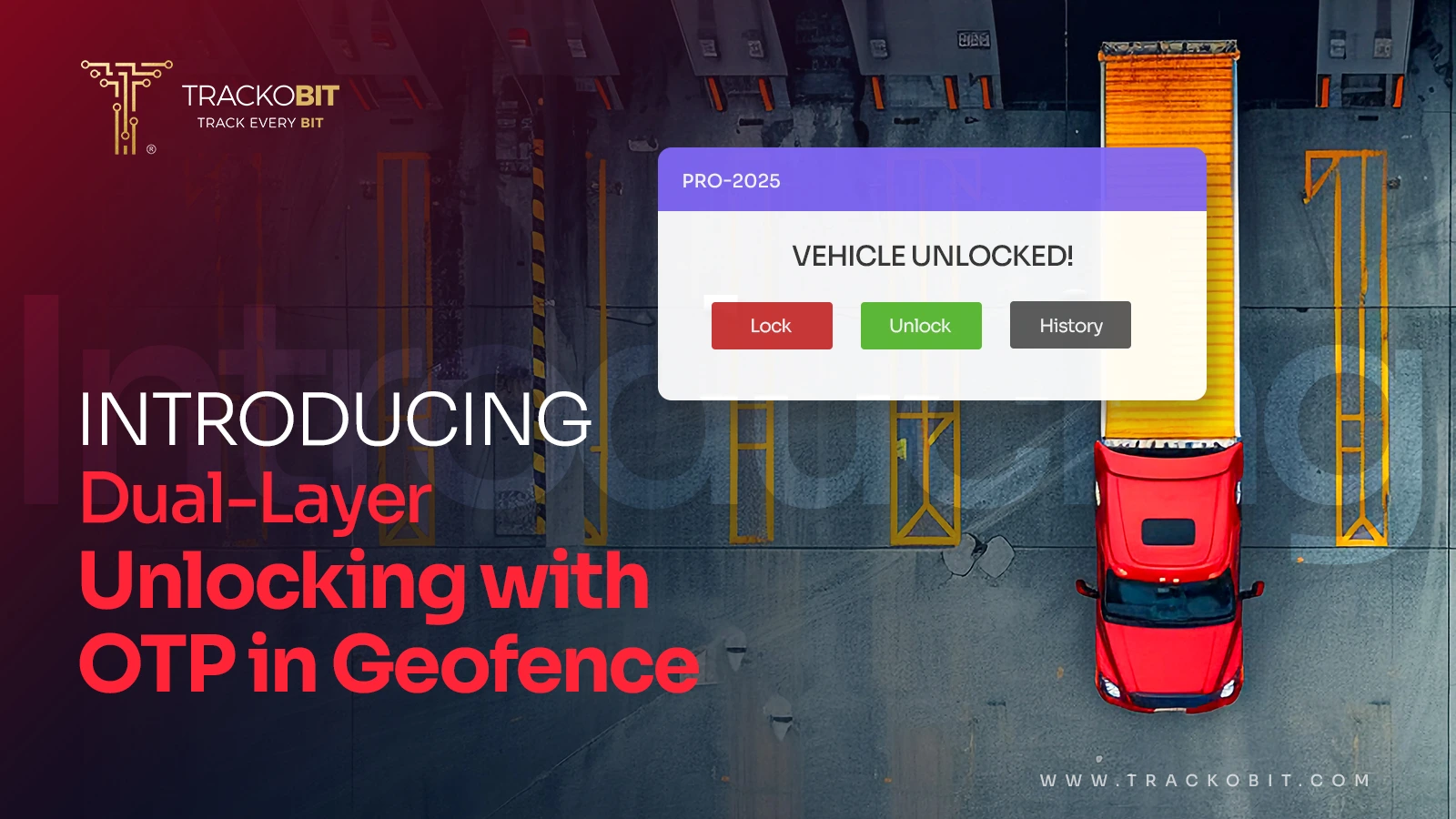
TrackoBit’s Unlocking in Geofence with OTP: Elevating Cargo Protection
Tithi Agarwal September 16, 2025TrackoBit’s latest feature – Unlocking in Geofence with OTP lets you lock out theft and unlock cargo only at the…
-

The Rise of Electric Fleets: Challenges and Opportunities for Businesses
Tithi Agarwal September 4, 2025The global fleet landscape is poised for a decade-long transformation. This change is being powered by electricity. Logistics-led businesses are…
-

Who’s Really Behind the Wheel? Unlocking Insights with Driver Performance Reports
Tithi Agarwal August 27, 2025Identify top-performing drivers, monitor violations, and grade skills with the driver performance report. This makes fleet operations more transparent and…

Subscribe for weekly tips to optimize your fleet’s potential!
Your inbox awaits a welcome email. Stay tuned for the latest blog updates & expert insights.
"While you're here, dive into some more reads or grab quick bites from our social platforms!"Stay Updated on tech, telematics and mobility. Don't miss out on the latest in the industry.
We use cookies to enhance and personalize your browsing experience. By continuing to use our website, you agree to our Privacy Policy.
































